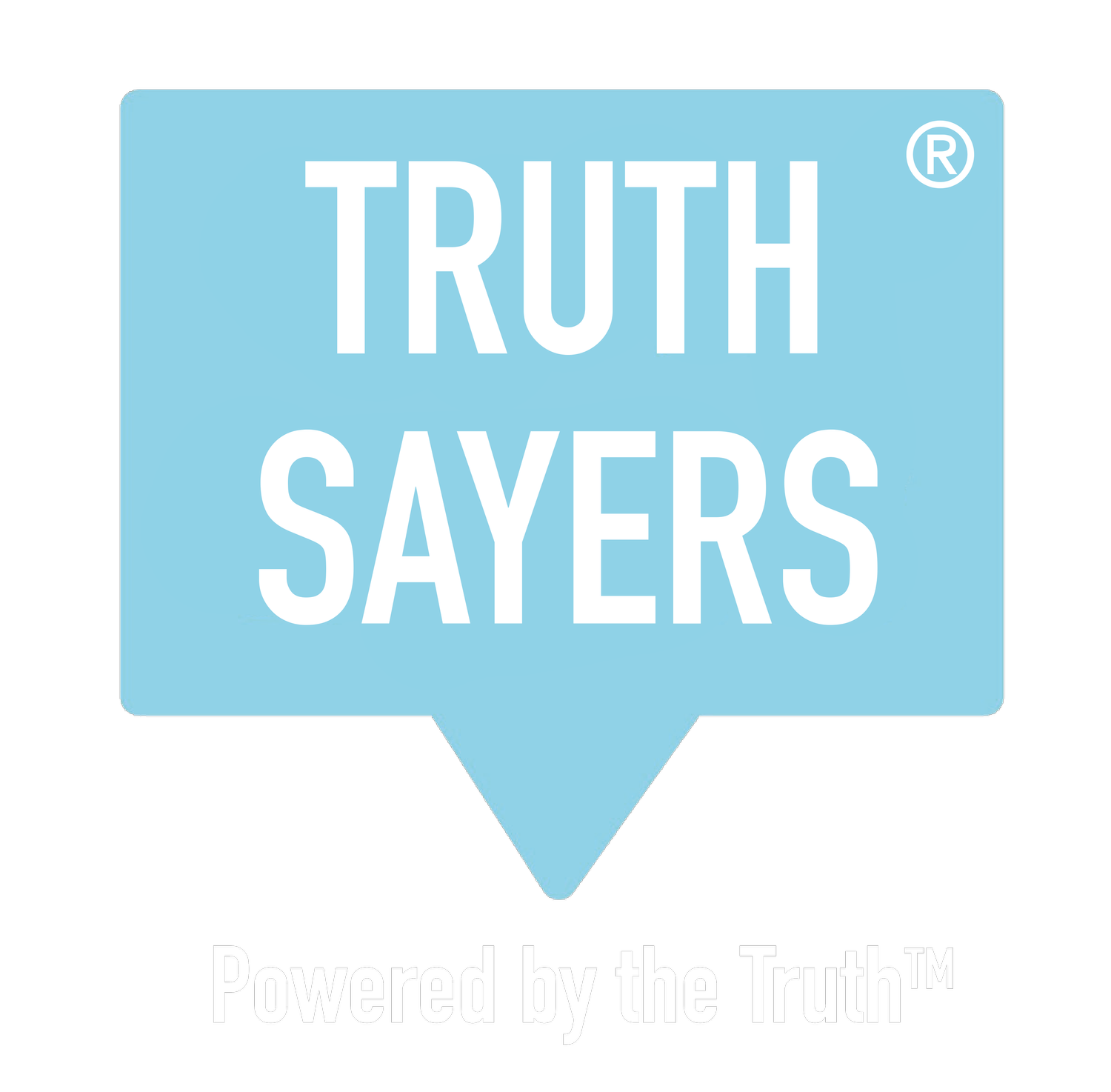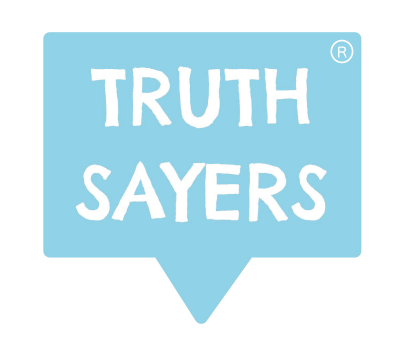What We Say & How We Truly Feel. Why Are These So Different?
“The ability to be able to measure between what someone says and how they really feel is really very interesting… the question is, why is there that cognitive dissonance?”
SERIES 6 FROM TRUTHSAYERS® NEUROCAST™ – 3RD OF 3 EPISODES IN THIS CONVERSATION.
Simon Stapleton, Co-Founder, Truthsayers® chats with Paul Anderson Walsh, CEO and Co-Founder, The Centre for Inclusive Leadership. In this part of the conversation, Paul and Simon discuss some of the eye-opening outcomes that they have gathered for clients, and look at the impact this is potentially having on employee turnover and retention.
Using Truthsayers® Neurotech® platform, this has been brought into sharp focus, thanks to the implicit methodology we use – a technique that goes deeper than any other survey method. By measuring both implicit and explicit reactions, The Centre for Inclusive Leadership, powered by Truthsayers® Neurotech®, has been able to surface organisational truths that have traditionally been inaccessible to decision-makers.
Paul Anderson Walsh is a Learning & Development Practitioner, Author, Broadcaster, Inspirational Speaker and Life Coach. Paul is ITN Productions’ resident leadership expert for their Amazon Audible series ‘How to OutPerform’, he is also a BBC contributor and has a regular show on Premier Radio. Former CEO of The Stephen Lawrence Charitable Trust, Paul continues to work with various social justice projects and is the founder and director of The Grace Project. The key driver in Paul’s work is to communicate people’s self-worth and expand their horizons, working with business leaders to help them truly understand the motivation and drivers of themselves and their people. We’re delighted to have him on the show to impart some pearls of wisdom to our viewers. You can catch up on other episodes here: Truthsayers® Neurocast™
Transcript
Simon Stapleton and Paul Anderson Walsh discuss how bias can lead to a marked dissonance between what people say explicitly and what people do implicitly. But first, here’s a little explainer:
Animated video explainer:
The way that existing people data tools are designed, means that they can’t be guaranteed to measure how people truly feel. Asking people questions and giving them a range of answers to choose from, triggers the conscious part of the brain, which leads to conscious biases being applied, resulting in moderated answers and data that is inaccurate and inconsistent.
Traditional methods tell you what people are prepared to say but not always what they feel. So, how’s Neurotech® different?
Neurotech® goes deeper into the human brain than any other survey method. We capture what is happening in the nonconscious part of the brain: the place where our feelings are formed. Using advanced data capture techniques, Neurotech can measure responses in the nonconscious brain, before the conscious part has a chance to take over, meaning that what we deliver is the unfiltered truth.
Simon Stapleton
Paul, so we’ve worked together on a number of projects now and we’ve got quite a repertoire of data to draw upon and what that’s telling us. Like all these projects we see in clients that there’s some things where there’s total authenticity between what people will say, and how they really feel. And then there’s some things that are, where the gap’s quite significant and which points to inauthenticity. It points to when you ask people a question, and how they choose to answer that there’s a conscious bias process that’s been applied, because, I don’t know, they want to be seen that way, or they feel they should feel that way. Interestingly, we’re finding that the delta between what people say and what they feel between co-workers being actually more than the delta between people and their managers. What do you think’s happening? Why the co-worker relationships are less authentic than that between manager and subordinate?
Paul Anderson Walsh
Well, it’s a very interesting question, and by the way, I must say, one of the reasons I love partnering with your organisation is because I think the way that you test is so innovative. The ability to be able to measure between what someone says and how they really feel is really very interesting. I was just thinking about an example, Simon, that was a piece of work that you and I did together earlier in the year. So, the question was asked, ‘my peers contribute to me feeling good about myself’ and explicitly, this score was 67%, but the implicit score was 4%.
SS
Rock bottom, yeah –
PAW
And you say, how can there possibly be a dissonance of 63% in something like that? There was another one that I was reminded of, I mean, that particular survey that we did that audit on, we did, and it was a really interesting one, it says, ‘my peers allow me to take risks without fear of failure’. The explicit score in that in that particular survey was 66%. And the implicit score was 17%. And we talk about the idea, don’t we, of what we call organisational or indeed, in this way, peer to peer cognitive dissonance. So, the question is, why is there that cognitive dissonance? I think what this goes to is, it goes to the issue of what we call ‘belonging cues’ – and I think it’s a proximity point, right? – so if I work with day to day with my peers, I’m scanning for belonging cues: “Do I feel safe? Do I feel as though I can be myself here? Do I feel connection? Do I feel we have a future together?” And in environments, where the culture is competitive, and the culture is individualistic, it could well be that the belonging cues that are being sent out across that organisation- the frequency – doesn’t lend itself to feeling trusted, feeling safe, and so what I might do, Simon, is I might end up feeling on guard when I’m with you, as opposed to happy to be guided by you. It could be that, because in those cultures I have less contact with my manager, I might have less level of risk around that, because I’m managing more localised risk with my peer. I think it might be something to do with proximity and exposure and experience. And also, by the way, bear in mind, in a pandemic.
SS
Right, exactly. Well, you know what, Paul, I think, if you read the news, we’re potentially going to go through a mass exodus of workers from one place to another because of the pandemic and employees are being forced back to the workplace. I think people voting with their feet will be a strong indicator. I think only time’s going to tell with that, but we’ve certainly got the tools and the know-how, and the solutions that you provide ongoing post an assessment – a diagnostic – to help organisations navigate through that and not just help retain staff, but also attract the kind of talent that organisations are going to need going forward from this, what could be, a really broad talent pool to pick from.
PAW
Yeah, I agree. I think that one of the things that you’re going to see post pandemic, in the hybrid space, and with the new entrants into the environment, I think what you’re going to see is the winners are going to be collaborative communities, not hierarchical corporations. And I think that, you know, we’ve gone from the world in which ‘the big eat the small’, to a world in which ‘the swift eat the slow’, but I think what we’re going to find out now is ‘the collaborators eat the competitors’.
SS
Beautiful phrase, I love it. Well, Paul, it’s been an absolute pleasure talking to you as usual.
PAW
Thank you
SS
It’s been a really interesting to hear your viewpoints in this. So, thank you very much
PAW
Thank you, Simon.
SS
We’ll see you soon, no doubt.
PAW
Thank you for inviting me.
Want to know more about Cognitive Dissonance? Read more here
Find out more about how The Centre for Inclusive Leadership is working with Truthsayers® Neurotech®

